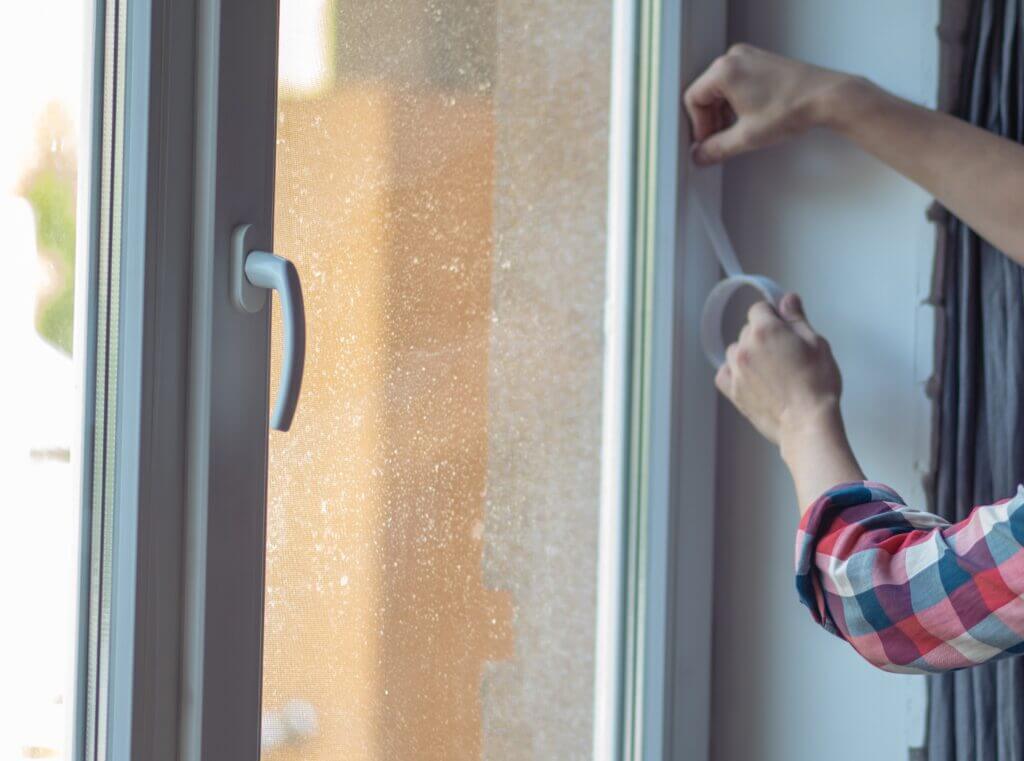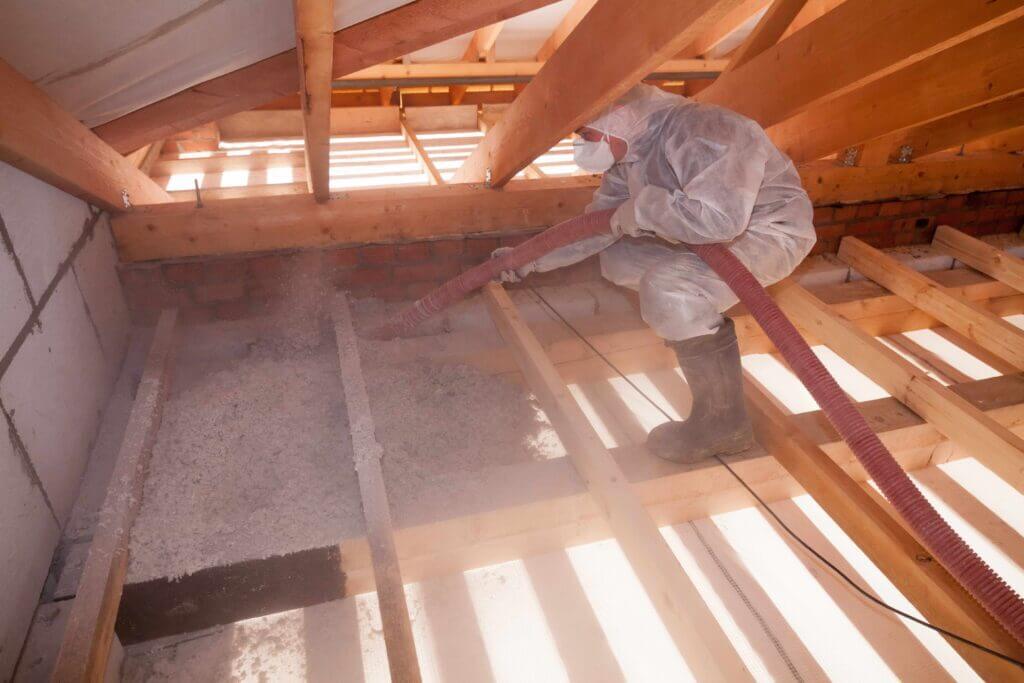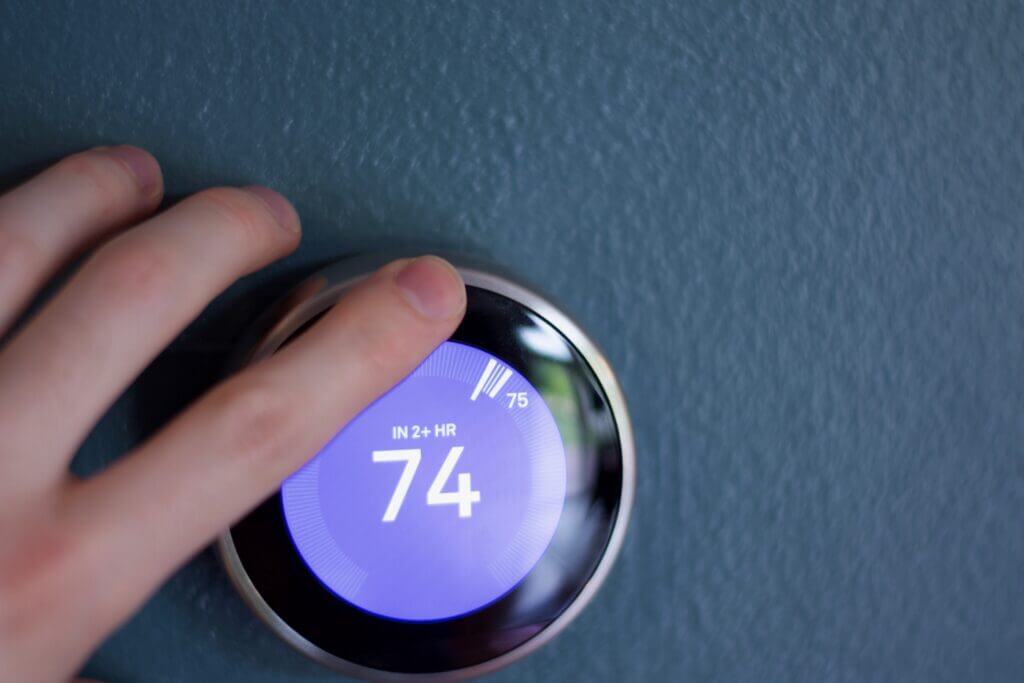Living in San Antonio, it’s common for us to experience energy spikes throughout the year, so some months are naturally more expensive.
You’re probably familiar with the great freeze of 2021. Utility bills skyrocketed!
If you want to lower our bills and make your home more functionable in the process, here’s a list of ways you can improve your energy efficiency without breaking the bank.
Get Your Windows Upgraded
In San Antonio’s winter months, temperatures can reach as low as 31 degrees (typically). For those of us that turn our heat on and still feel a draft, it’s time to take a look at your windows. Statistics show that up to a third of total heat loss occurs through the window and doors.

To lower your heating bills, you should highly consider upgrading our windows. This process can be as simple as sealing cracks and windows, which is relatively inexpensive. Another way to use weather stripping.
Weather stripping involves applying a rubber-like cover to creases and cracks to seal in heat. This is an affordable option in cases where there are very few cracks.
In severe cases, it’s best for you to invest in new window upgrades. The upfront window installation costs may be pricey based on how many we have to replace. However, you’ll save money down the line on heating bills.
Update Your Attic Insulation

Some of us seal our windows and still experience high heating bills. This may be caused by cracks and other problems with our attic’s insulation. One of the attic’s primary jobs is to protect the rest of our home from conditions like heat damage, cold weather, and humidity.
As we all know, heat rises and naturally flows to cooler rooms. When heat and moisture rises to our attic, it causes various types of damage. For instance, your walls are more vulnerable to erosion.
Heat can also build up in the attic and cause the shingles on our roof to crack. For those with wooden decks, they’re vulnerable to swelling and structural damage.
Surprisingly, an upwards of 90% of single family American homes aren’t sufficiently insulated. By insulating our attics, you’re not only drastically cut energy costs, you also save yourself from having to replace walls and our roofing materials to maintain the structure of your home.
Invest in a Smart Thermostat
While most of our homes have a thermostat, many homes are still insufficiently heated and cooled. A number of us end up with ridiculously high heating and air conditioning bills due to seemingly small mistakes.

For example, you may forget to turn your thermostat down or off while you sleep or leave the house. In some cases, you have a hard time figuring out how to use it, making it difficult to set it at all.
With a smart thermostat, you can better understand the temperature patterns that work best for our home. Smart thermostats use WiFi technology, making it easy for you to operate and minimize energy use while you’re away. You can also schedule a temperature increase or decrease minutes before we walk in the door.
Sometimes, we hesitate to purchase smart thermometers despite their many benefits because we assume they’re difficult to install. However, if your home’s wiring is properly done, smart thermometers are easy to install. Simply replacing the old thermostat and turning on the power gives you more control over our energy costs and home temperatures.
You’ll be amazed at how easy it is to install a smart thermostat. If you do have to have it professionally installed, typically it is under $100 depending on the complexity.
Practice Water Conservation
As Americans we use dozens of gallons of water everyday. On average, flushing a standard toilet once can use up to seven gallons to clear waste. Multiplying this number by at least five times a day for every person we live with gives us an astonishing estimate of our water usage.
In addition to using the toilet, you also shower, use the sink, and use water filtration systems to purify drinking water. If you have older faucets, imagine how much water you also lose in leaks.
To start, do a quick check for water leaks.
An easy, cost-effective way to check for leaks is to add dye to the toilet’s tank. After some time, if there’s dye in the bowl without me flushing, it’s an indication of a leak in my toilet. This may seem like a small amount of water, but it adds up over time.
In order to save money on water, you should consider installing low-flow toilets. Studies show that low-flow toilets save an average of 12,000 gallons of water a year. If you can’t afford to replace your heavy-flow toilet, you can put a filled water bottle into your water tank to reduce the amount of water used each flush.
You can do the same with our shower heads. A shower head upgrade is quick and super easy to do on your own.
If you’re serious about conserving water, you also need to discontinue behaviors like flushing items that aren’t waste and throwing them in the garbage can. These simple changes reduce both water and repair costs.
Use Household Appliances Responsibly
Typically, we don’t make the correlation between our appliances’ locations and higher energy bills. You need to understand that when your appliances like the fridge and stove are close to each other, the fridge naturally has to use more energy to maintain a cooler temperature.
Not only does appliance placement take up energy, overusing your appliances also plays a role in higher energy bills. For instance, when you’re constantly opening the refrigerator or doing laundry too frequently, it leads to higher water and energy expenses.
The same applies to electronics. Chargers and appliances like hair dryers consume energy when they’re plugged in, regardless if they’re turned on. So, try to make a habit of unplugging your chargers, televisions, and lamps to save money.
Who doesn’t want to save money on bills? When we make changes to our homes to improve energy efficiency, we also improve our financial outcome. Even if your appliances have to be updated, the upfront costs you invest will pay off in the long run.
In addition to saving money and approving the efficiency of our homes, you can also lower your impact on the environment. Even following one of these tips helps save energy and ultimately your cash.
